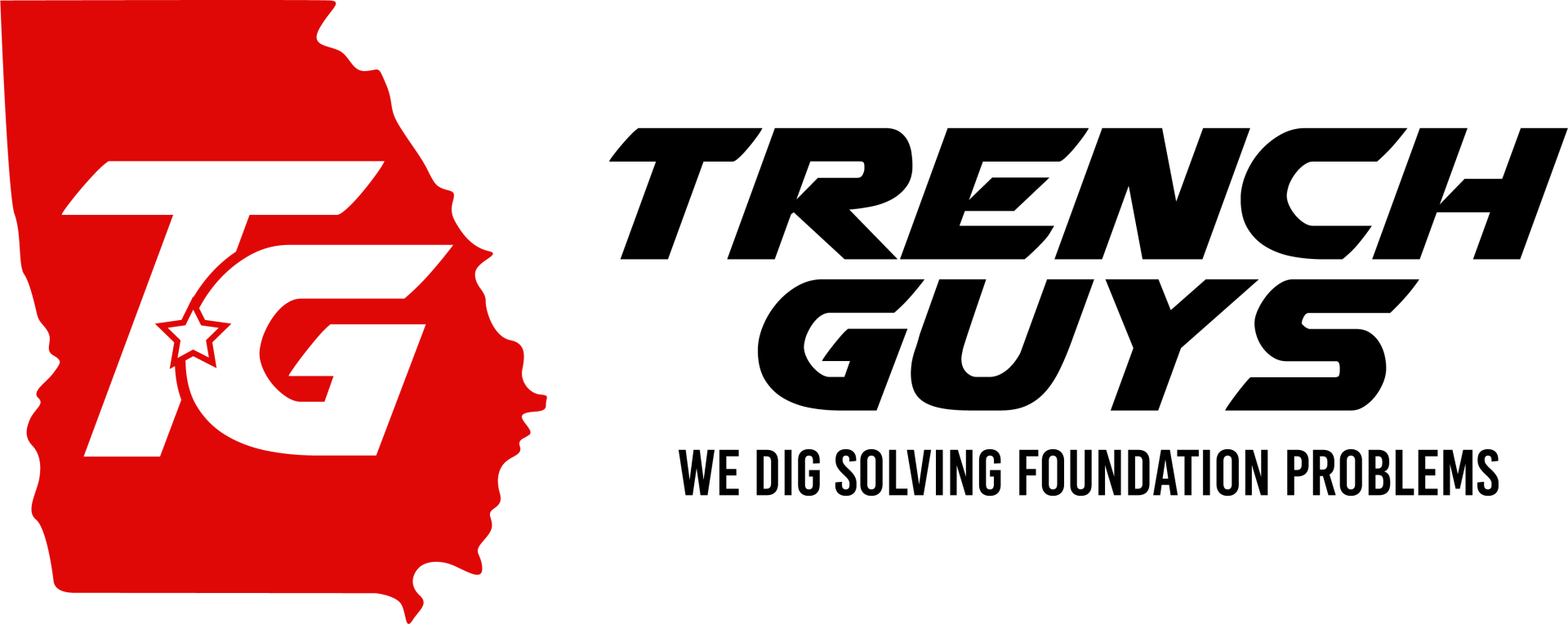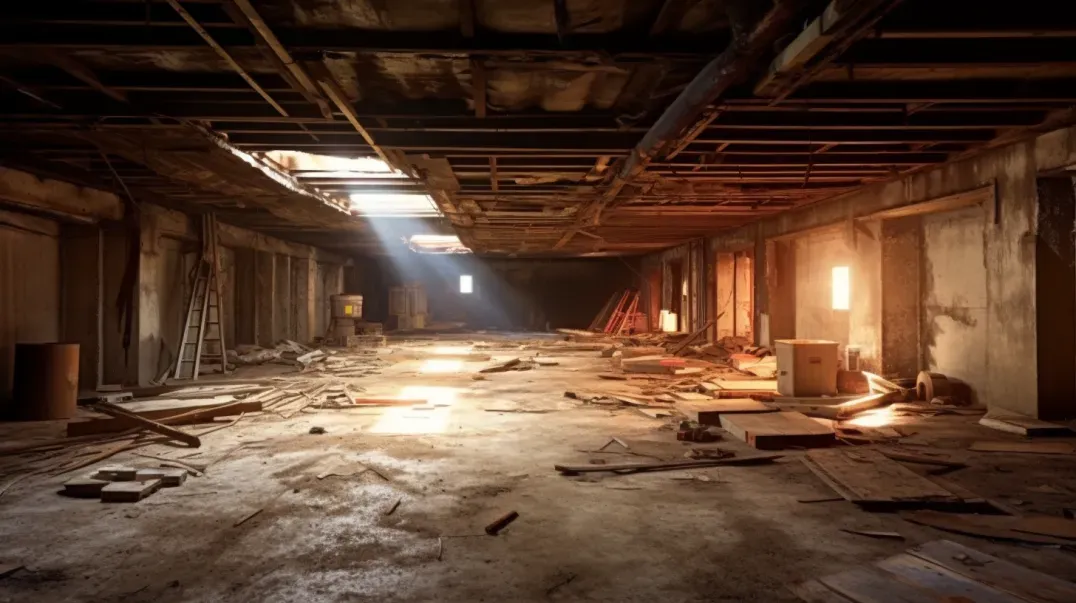Nestled beneath the floors we tread lies a critical yet often overlooked component of our homes: the crawl space. This hidden area, while out of sight, should never be out of mind, especially when considering the health and longevity of your home. Proper ventilation within this confined space plays a pivotal role in preserving the structural integrity of your property and ensuring a healthy living environment for its inhabitants. This blog delves into the vital importance of maintaining effective ventilation in your crawl space and elucidates how such a measure can ward off the need for costly repairs down the line.
Moisture is a home's silent adversary, lurking in the shadows of inadequately ventilated crawl spaces. Without proper air circulation, moisture accumulates, setting the stage for a host of problems, including mold growth, wood rot, and an invitation to pests. These issues not only compromise the air quality within your home, posing health risks to its occupants, but also threaten the very foundation upon which your home stands. However, the implementation of effective ventilation strategies can turn the tide, transforming a potential problem area into a well-maintained aspect of your home's defense against moisture-related damage.
Through a comprehensive exploration, we will uncover the mechanisms by which proper ventilation facilitates a dry, healthy crawl space environment. From natural airflow techniques to advanced mechanical systems, understanding the options available for optimizing crawl space ventilation can empower homeowners to take proactive steps. By doing so, you can prevent the escalation of moisture issues into costly repairs, safeguarding your home's value and ensuring the well-being of those who live within its walls.
Join us as we navigate the essentials of crawl space ventilation, offering insights and practical advice to help you maintain the health of your home from the ground up. Because when it comes to protecting your investment and your loved ones, every breath of fresh air counts.
The Role of Ventilation in Crawl Space Health
The health of your crawl space is a critical component of your home's overall well-being, influencing everything from air quality to structural integrity. Central to maintaining a healthy crawl space is effective ventilation—a system that, when properly implemented, can prevent a multitude of problems. This section delves into the dynamics of crawl space ventilation and highlights common mistakes homeowners make, providing insights to help you avoid unnecessary repairs and maintain a healthy living environment.
Understanding Ventilation Dynamics
Crawl space ventilation operates on the principle of air exchange—removing stale, moist air from under your home and replacing it with fresh, dry air from the outside. This process is crucial for several reasons:
- Moisture Control: Proper ventilation helps to keep humidity levels in check, reducing the risk of mold growth and wood rot, both of which can compromise the structural integrity of your home and the health of its occupants.
- Temperature Regulation: By allowing air to circulate, ventilation helps to moderate temperatures in the crawl space, preventing the buildup of extreme heat or cold that can affect your home's overall energy efficiency.
- Air Quality Improvement: Effective ventilation reduces the likelihood of harmful pollutants and odors from stagnant air affecting the indoor air quality of your living spaces.
The impact of ventilation on home health cannot be overstated. A well-ventilated crawl space supports a sturdy foundation, contributes to healthier indoor air, and can even influence energy consumption by aiding in more consistent temperature regulation throughout the home.
Common Ventilation Mistakes
Despite its importance, crawl space ventilation is often misunderstood, leading to several common mistakes that can have significant consequences:
- Insufficient Ventilation: One of the most frequent errors is not providing enough ventilation, which can lead to moisture buildup and the associated problems of mold and wood rot.
- Improper Vent Placement: Vents should be strategically placed to promote effective air flow. Mistakes in vent placement can result in dead air spaces where moisture accumulates.
- Blocking Vents: Whether intentionally or accidentally, blocked vents impede air circulation, undermining the ventilation system's effectiveness. Ensure vents are clear of obstructions such as debris, insulation, or storage items.
- Over-Ventilation: Conversely, too much ventilation, especially in humid climates, can introduce excess moisture into the crawl space, exacerbating the very issues ventilation is meant to prevent.
- Neglecting Maintenance: Failing to regularly inspect and maintain crawl space vents can lead to reduced performance over time. Regular checks can help identify and rectify issues before they lead to significant damage.
Avoiding these common mistakes is key to ensuring your crawl space remains healthy and functional. By understanding the dynamics of proper ventilation and being mindful of potential pitfalls, homeowners can effectively safeguard their homes against moisture-related issues, ensuring a stable foundation and a healthier living environment.
Assessing Your Crawl Space's Ventilation Needs
Adequate ventilation in your crawl space is crucial for maintaining the structural integrity of your home and ensuring a healthy living environment. However, recognizing when your crawl space is not properly ventilated and knowing how to assess your current ventilation setup are essential steps in preventing moisture-related issues. This guide will help you identify signs of poor ventilation and offer simple DIY assessment techniques to ensure your crawl space is well-ventilated.
Identifying Signs of Poor Ventilation
Inadequate ventilation in a crawl space can lead to several problems that may compromise your home's health and safety. Here are key indicators that your crawl space may be poorly ventilated:
- Moisture Accumulation: Visible signs of moisture, such as water pooling on the floor or condensation on walls and pipes, indicate high humidity levels that are not being adequately managed.
- Mold and Mildew Growth: The presence of mold or mildew, especially on wooden surfaces, is a clear sign of excessive moisture, often due to poor ventilation.
- Musty Odors: A persistent musty smell emanating from the crawl space is a common indicator of stagnant air and moisture buildup.
- Increased Humidity in Living Areas: If the upper levels of your home feel more humid, it could be a sign that moisture from the crawl space is affecting the overall indoor air quality.
- Pest Infestations: Poor ventilation creates an ideal environment for pests such as termites, rodents, and insects, which are attracted to damp conditions.
Recognizing these signs early can help you take corrective action before the problems escalate.
DIY Assessment Techniques
Evaluating your crawl space's ventilation needs doesn't always require professional intervention. Here are some simple DIY techniques to assess the effectiveness of your crawl space ventilation:
- Visual Inspection: Start with a thorough visual inspection of your crawl space. Look for any of the signs mentioned above and check the condition and placement of vents. Ensure that vents are not blocked by debris or household items.
- Vent Area Calculation: Measure the total area of your crawl space and the size of each vent. The general rule of thumb is 1 square foot of vent area for every 150 square feet of crawl space. Ensure your ventilation meets or exceeds this standard.
- Use a Hygrometer: A hygrometer can help you measure the humidity level in your crawl space. Compare the humidity level inside the crawl space to the outdoor humidity level. A significantly higher indoor humidity level suggests inadequate ventilation.
- Check for Airflow: On a windy day, place a piece of lightweight fabric or tissue paper near each vent to check for airflow. The movement of the fabric indicates air is flowing through the vent, while a lack of movement may suggest a blockage or insufficient ventilation.
- Inspect for Damage: Examine vents for any damage or wear that could affect their functionality. Rust, corrosion, or physical damage can impede airflow and may require repair or replacement.
By identifying signs of poor ventilation and conducting a DIY assessment, homeowners can take proactive steps to address any issues. Ensuring your crawl space is properly ventilated is key to preventing moisture-related problems and maintaining a healthy, stable home.
Ventilation Strategies for Moisture Control
Effective moisture control is essential for maintaining the structural integrity of your home and ensuring a healthy living environment. Excessive moisture can lead to mold growth, attract pests, and cause damage to your home’s foundation and structural components. Ventilation plays a crucial role in moisture control, with strategies ranging from natural airflow methods to mechanical ventilation solutions. This guide will help you understand how to utilize these strategies effectively to reduce moisture and prevent damage.
Natural Ventilation Methods
Natural ventilation leverages the natural forces of wind and thermal buoyancy to move air through the crawl space, removing moist air and replacing it with drier air from the outside. Here’s how to utilize natural airflow for moisture control:
- Maximize Cross Ventilation: Ensure that your crawl space has vents placed on opposite sides to facilitate cross ventilation. This setup allows for the natural flow of air, which helps remove moist air and bring in drier air from the outside.
- Keep Vents Clear: Regularly inspect and clear any obstructions that might block vents, such as plants, debris, or stored items. Blocked vents can significantly reduce the effectiveness of natural ventilation.
- Adjustable Vent Covers: Consider using adjustable vent covers that can be opened or closed based on seasonal humidity levels. This allows you to control the amount of outside air entering the crawl space, optimizing natural ventilation for moisture control.
- Vapor Barriers: Combine natural ventilation with a vapor barrier on the crawl space floor to prevent ground moisture from evaporating into the crawl space air, further reducing humidity levels.
Mechanical Ventilation Solutions
In some cases, natural ventilation alone may not be sufficient to maintain optimal conditions in your crawl space. Mechanical ventilation solutions can provide controlled and consistent airflow. Here’s when and how to implement these systems effectively:
- Exhaust Fans: Installing exhaust fans in crawl space vents can help actively remove moist air. These fans are particularly effective in humid climates or where natural ventilation is insufficient. Fans with humidistats can automatically turn on or off based on the humidity level in the crawl space.
- Dehumidifiers: For areas with high humidity, a crawl space dehumidifier can be essential in maintaining dry conditions. Select a dehumidifier with a capacity appropriate for the size of your crawl space and consider models that can drain automatically.
- HVAC Integration: Integrating the crawl space with your home’s HVAC system can help control moisture and improve air quality. This approach requires professional installation to ensure it is done correctly and efficiently.
- Professional Consultation: When selecting and installing mechanical ventilation solutions, consulting with a professional can provide you with tailored advice based on the specific needs of your home. They can help you choose the most effective system and ensure it is installed for optimal performance.
By understanding and implementing the appropriate ventilation strategies for moisture control, homeowners can effectively reduce the risk of moisture-related issues. Whether through enhancing natural airflow or incorporating mechanical solutions, maintaining a well-ventilated crawl space is key to protecting your home and ensuring a healthy living environment.
Combating Common Crawl Space Issues
The crawl space, often overlooked, plays a crucial role in the overall health and structural integrity of your home. It is prone to several issues, notably mold and mildew growth and pest infestations, which can lead to significant damage and costly repairs if not addressed promptly. This guide explores effective strategies for preventing these common problems through proper ventilation, ensuring your crawl space remains dry, healthy, and free of unwanted guests.
Preventing Mold and Mildew
Mold and mildew thrive in moist, poorly ventilated environments, making crawl spaces a common battleground for homeowners. Here are ventilation strategies specifically aimed at reducing the risk of mold and mildew:
- Ensure Adequate Ventilation: The first step in preventing mold and mildew is to ensure your crawl space has sufficient ventilation. This involves installing vents around the perimeter at strategic points to facilitate cross-ventilation, which helps reduce moisture levels.
- Use Dehumidifiers: In areas with high humidity, natural ventilation might not be enough to maintain optimal moisture levels. Installing a dehumidifier in the crawl space can help by actively removing moisture from the air, creating an environment where mold and mildew cannot thrive.
- Install Vapor Barriers: A vapor barrier on the crawl space floor can prevent ground moisture from evaporating into the crawl space air, significantly reducing humidity levels and further mitigating mold and mildew risks.
- Regular Inspections: Conduct regular inspections of your crawl space to identify and address any signs of moisture accumulation or mold growth early on. Early detection and remediation are key to preventing widespread mold and mildew issues.
Addressing Pest Infestations
Pests are attracted to moist environments with ample nesting materials, making crawl spaces with poor ventilation prime targets for infestation. Here’s how proper ventilation can deter pests and avoid related repairs:
- Maintain Dry Conditions: By keeping the crawl space dry through adequate ventilation and the use of dehumidifiers, you create an environment that is less attractive to pests that prefer moist conditions, such as termites, rodents, and certain insects.
- Seal Entry Points: While improving ventilation, ensure that all vents are equipped with screens to prevent pests from entering. Additionally, seal any cracks or openings in the foundation where pests might gain access.
- Remove Organic Debris: Regularly clean your crawl space to remove organic debris, such as fallen leaves or stored wood, which can attract pests and provide a habitat for them to thrive.
- Professional Pest Control: If you suspect a pest infestation, consult with a professional pest control service to address the issue promptly. They can also provide recommendations for preventing future infestations in conjunction with your ventilation improvements.
By implementing these strategies, homeowners can effectively combat common crawl space issues, protecting their homes from the damaging effects of mold, mildew, and pest infestations. Proper ventilation is key to maintaining a dry and healthy crawl space, ensuring the longevity and safety of your home.
Seasonal Ventilation Adjustments
The changing seasons bring about varying challenges for maintaining a healthy and comfortable home environment, particularly when it comes to crawl space ventilation. Effective ventilation is crucial year-round, but the approach needs to be adjusted according to seasonal variations in temperature and humidity. This guide offers practical tips for optimizing your crawl space ventilation in the summer and winter, ensuring your home remains protected against moisture-related issues and maintains air quality throughout the year.
Summer Ventilation Tips
Summer's increased humidity and heat can pose significant challenges to maintaining a dry and cool crawl space. Here are tips for adjusting your ventilation during the warmer months:
- Increase Airflow: Open vents in the crawl space to maximize natural airflow and reduce humidity levels. This helps to vent out the hot, moist air and replace it with cooler, drier air from the outside.
- Use Dehumidifiers: High humidity levels in summer can overwhelm natural ventilation efforts. A dehumidifier can help by actively removing moisture from the air, keeping humidity levels in check.
- Install Vent Covers: Adjustable vent covers can be useful for managing the amount of outside air entering the crawl space. On extremely humid days, partially closing the vents can prevent the introduction of moist air, while still allowing for some ventilation.
- Regular Inspections: Summer is an ideal time to inspect your crawl space for any signs of moisture accumulation or ventilation blockages. Clear any debris or obstructions from vents and ensure the vapor barrier is intact and covering the ground surface.
Winter Ventilation Practices
Maintaining effective ventilation in the winter is essential for preventing moisture buildup from snow and rain, as well as condensation from temperature differences. Here are strategies for the colder months:
- Monitor Ventilation: While it's important to keep the crawl space ventilated in winter, in very cold climates, completely open vents can lead to frozen pipes and increased heating costs. Consider using insulated vent covers that can be adjusted or removed depending on the weather.
- Seal Leaks: Ensure that your home's foundation and crawl space are well-sealed against water leaks. Snow and ice can melt and seep into cracks, leading to moisture problems.
- Insulate Pipes: Prevent freezing in the crawl space by insulating water pipes. This can help you maintain ventilation without the risk of pipe bursts.
- Balance Ventilation and Insulation: Proper insulation in the crawl space can help maintain a more consistent temperature, reducing the risk of condensation while still allowing for effective ventilation.
Seasonal adjustments to your crawl space ventilation are crucial for protecting your home from the varying challenges posed by different weather conditions. By implementing these summer and winter ventilation tips, you can ensure that your crawl space remains dry and well-ventilated all year round, safeguarding your home's structural integrity and indoor air quality.
FAQs
Contact Trench Guys Today!
Trench Guys will do everything we can to ensure your experience with us is excellent.
Request A FREE Estimate
Request a Free Estimate Form
Checkout Recent Post
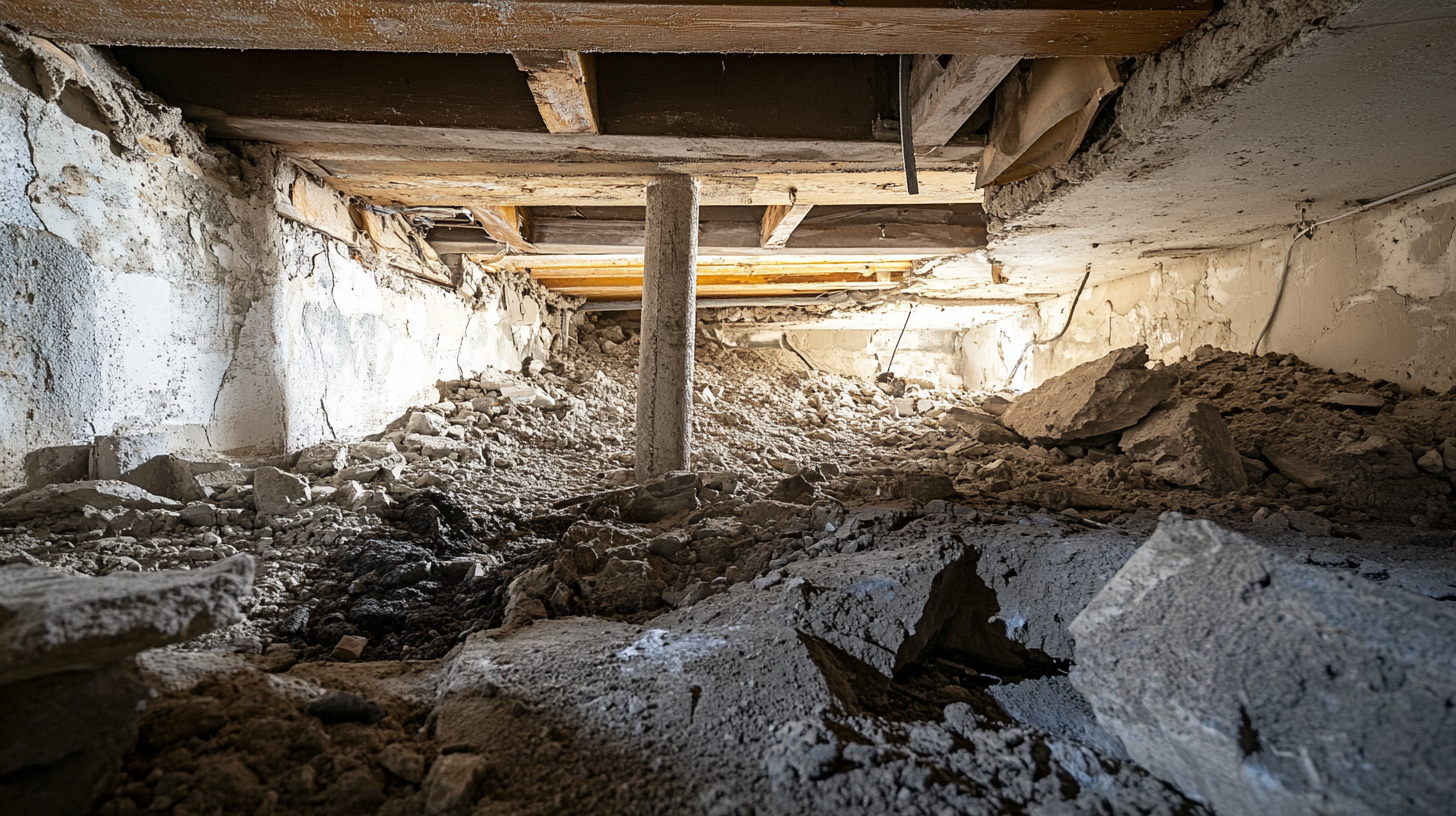
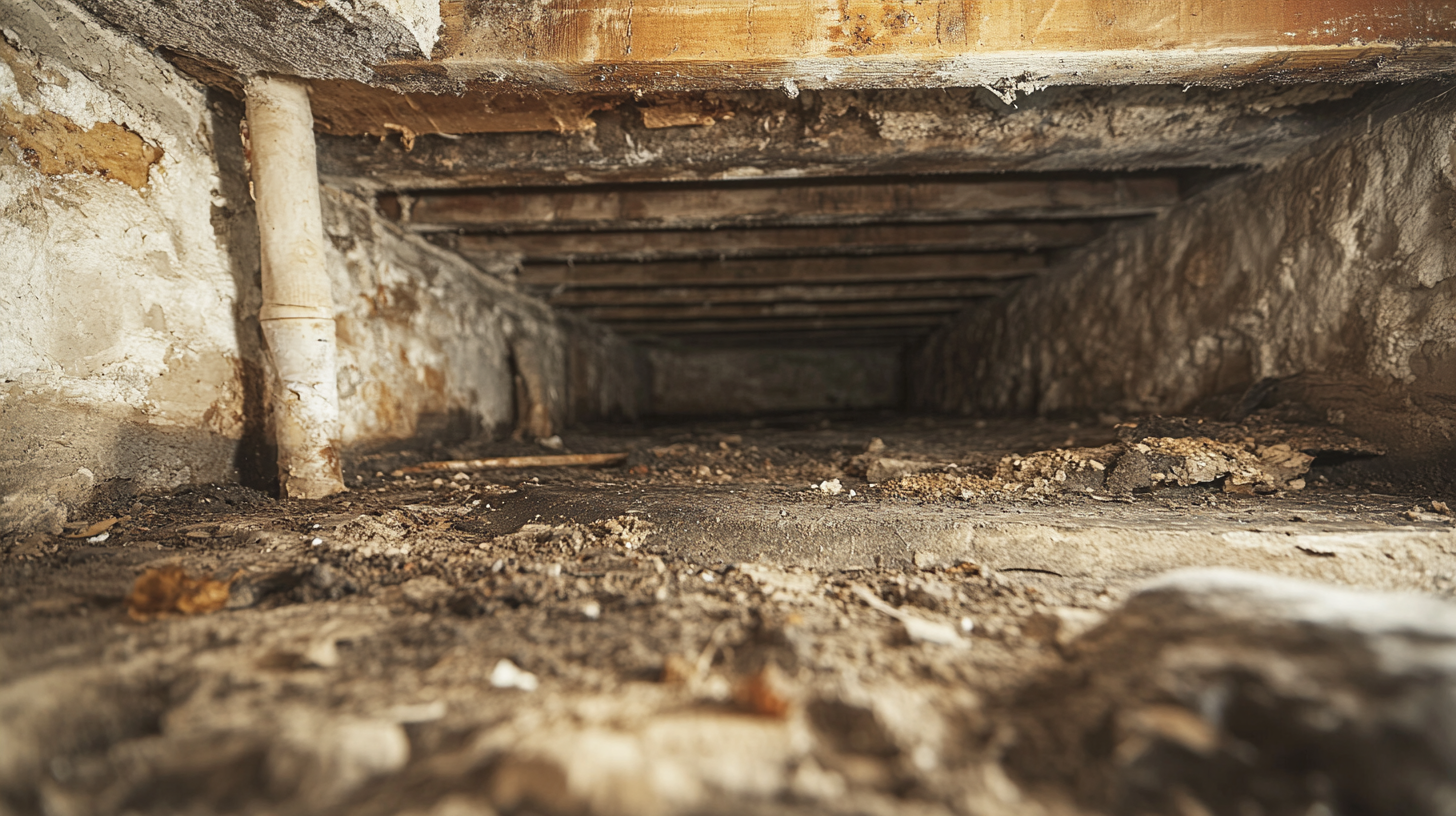
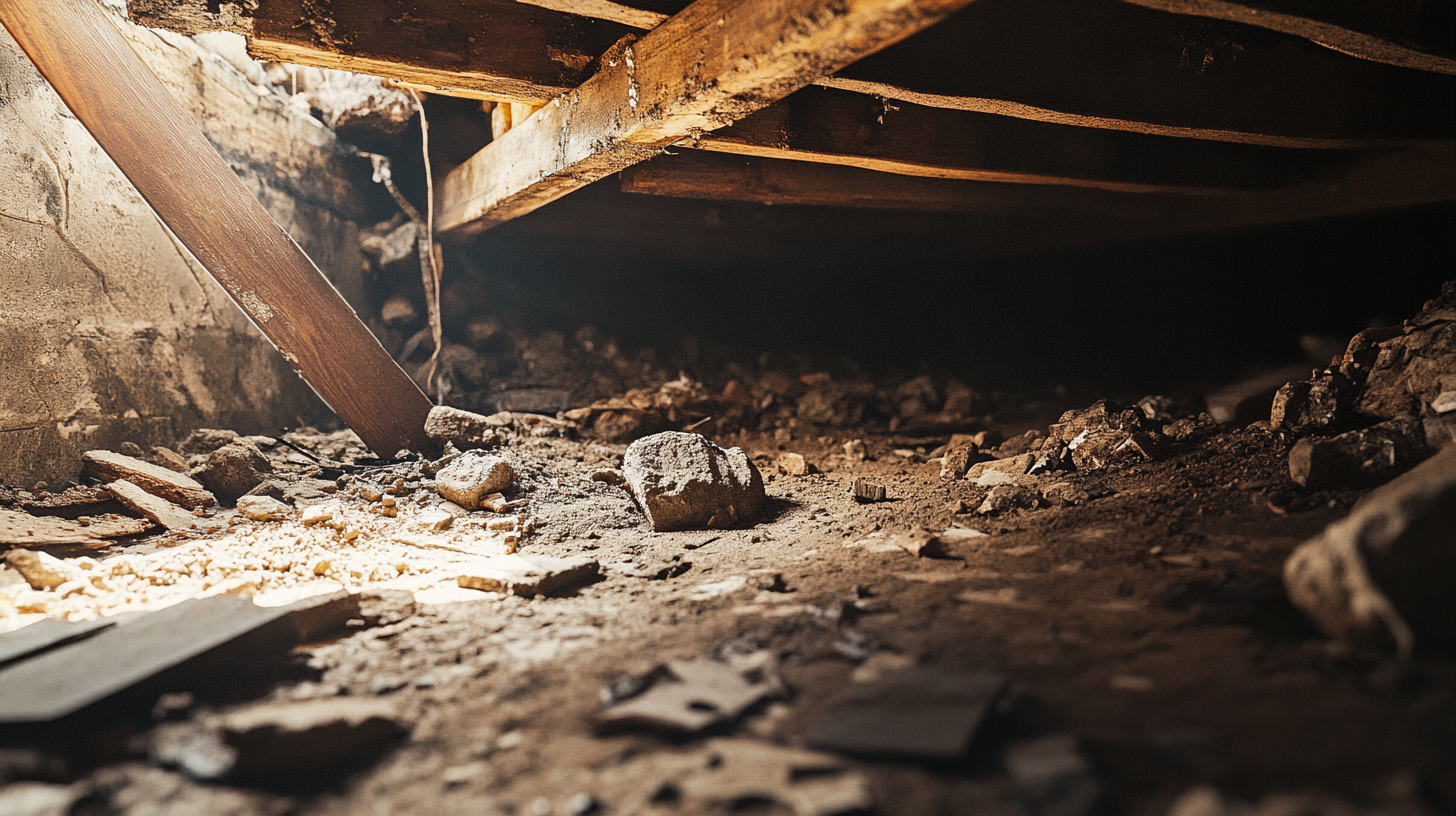
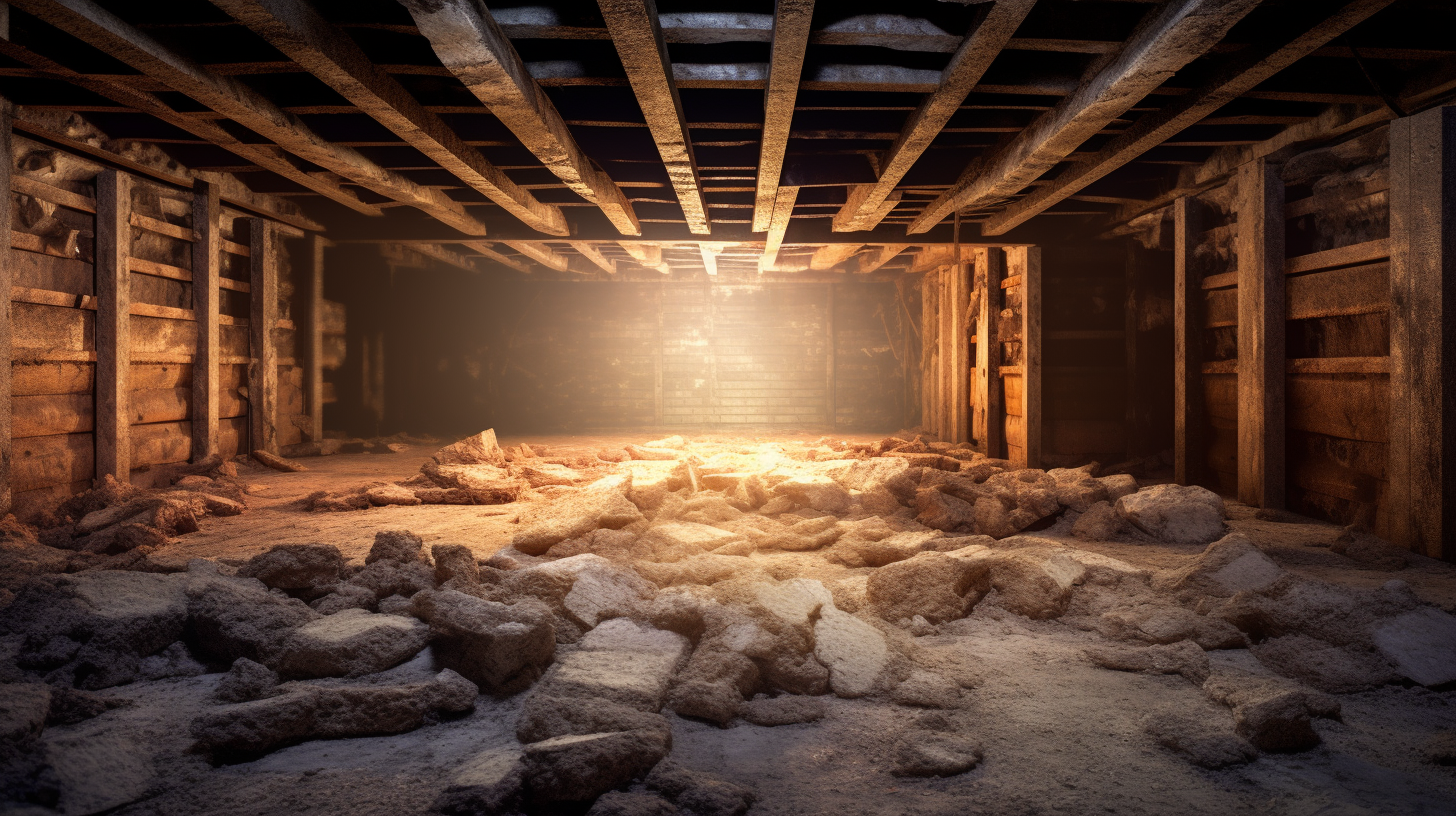
Got a Question? We’re Here to Help.
You can arrange an appointment or make an enquiry by phone or email, orget in touch to us via our contact form.
